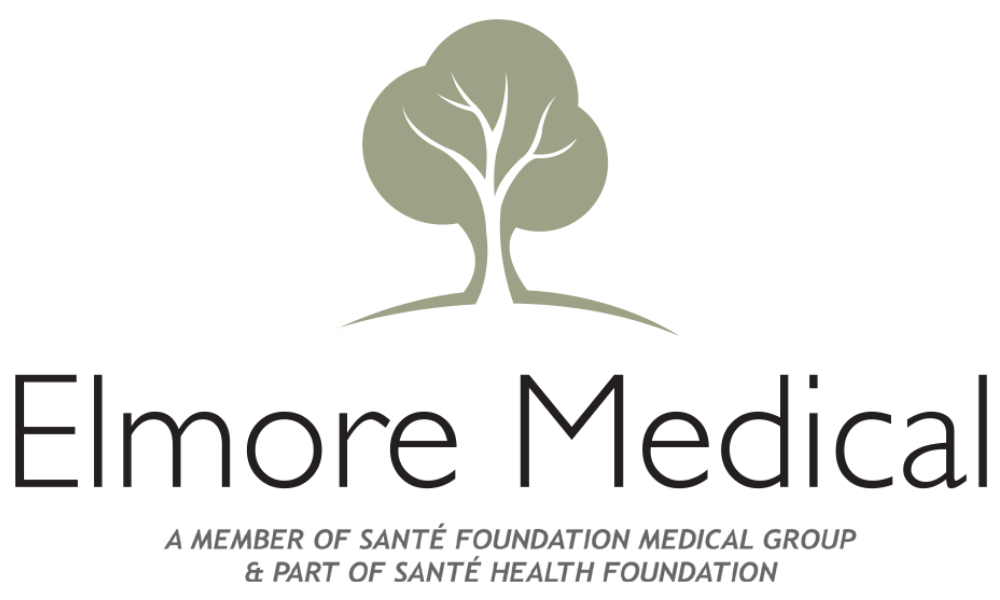Understanding How Alcohol Consumption Affects Veins
When we think of the effects of alcohol, our minds often go to liver damage, heart issues, or hangovers. However, alcohol can also significantly impact vein health, especially for those already at risk of vascular conditions like varicose veins or chronic venous insufficiency. Understanding the relationship between alcohol and the vascular system can help you make informed decisions about your health and wellness.
How the Circulatory System Responds to Alcohol
Veins are responsible for returning deoxygenated blood back to the heart. This process is aided by valves that prevent backflow. When alcohol enters the bloodstream, it causes vasodilation, or the widening of blood vessels. While this can temporarily lower blood pressure, it also forces your veins to work harder to circulate blood effectively—especially in the lower extremities. For individuals predisposed to vein issues, this added strain can be detrimental.
Common Ways Alcohol Impacts Vein Health
Here are the primary ways alcohol can affect your veins:
1. Increased Blood Pressure
Chronic alcohol use elevates blood pressure. Over time, high blood pressure weakens vein walls and increases your risk of developing venous disease.
2. Dehydration
As a diuretic, alcohol causes you to lose fluids. Dehydration thickens the blood and impairs flow, which can worsen conditions like spider veins and varicosities. Learn why staying hydrated is essential for vein health.
3. Impaired Circulation
Vasodilation may cause blood to pool in the legs and feet, leading to swelling and discomfort. Long-term effects can contribute to venous hypertension or inflammation of the superficial veins.
4. Weight Gain
Alcohol is calorie-dense and often leads to overeating. Excess weight puts additional pressure on leg veins, a major contributor to the formation of varicose veins.
5. Liver Function and Blood Clotting
The liver helps regulate clotting and blood flow. Chronic alcohol use can impair liver function, raising the risk of deep vein thrombosis (DVT) and other complications. Learn more in this post on alcohol’s effect on veins.
Who’s Most at Risk?
Some groups are more susceptible to alcohol’s vascular effects, including:
Those with a family history of vein conditions
Individuals who are overweight or sedentary
People with jobs requiring prolonged standing
Those already diagnosed with vein disorders
Pregnant individuals
Women experiencing pregnancy-related symptoms can find tips in this guide to managing vein health during pregnancy.
Healthy Alternatives and Supportive Habits
If you're concerned about how alcohol may be affecting your veins, consider these supportive strategies:
Stay hydrated
Elevate your legs after drinking
Get regular physical activity
Limit alcohol intake to recommended levels
Wear compression stockings if prone to swelling
You can find more suggestions in our blog on 5 lifestyle changes for healthier veins.
When to Seek Professional Guidance
Symptoms like swelling, pain, visible veins, or skin changes should not be ignored. At Elmore Medical, we offer advanced, minimally invasive treatments such as:
Sclerotherapy
Endovenous laser ablation
Compression therapy
If you're ready to take action, we encourage you to schedule a consultation with one of our specialists to discuss your options.
Final Thoughts
Alcohol doesn’t just affect your liver or mental clarity—it has real implications for your vascular system. Even moderate drinking can worsen underlying vein conditions. But with knowledge, moderation, and support, you can protect your vein health and overall circulation.
Elmore Medical Vein & Laser Treatment Center is the premier vein specialty medical practice in the Central Valley. Dr. Mario H. Gonzalez and his staff offer years of experience and medical expertise that you won’t find anywhere else. Contact us to set up a consultation appointment.

